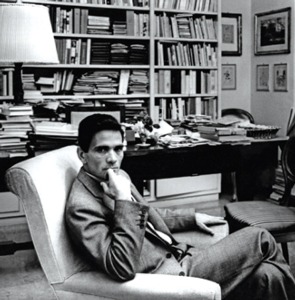
Paris in Turmoil: A City Between Past and Future (Verso) by Eric Hazan
Paris in Turmoil: A City Between Past and Future is a slim book with wide horizons. Eric Hazan follows his more substantial The Invention of Paris: A History in Footsteps (2010) with a condensed but fascinating series of vignettes, anecdotes and observations on aspects of Paris’s present and past. The daily life of citizens – with all its tensions, pleasures, adventures and inequalities – is placed centre stage.
The book is part of a strong tradition of urban writing that functions variously as cultural history, political critique and a kind of subversive tourist guide. Hazan takes conscious inspiration from this tradition, referencing Louis-Sébastien Mercier’s Tableau de Paris, a monumental account of everyday life in the city that implicitly addressed social inequality and political tension on the eve of the French Revolution. Attending to the panorama of everyday life rather than the affairs of ruling elites, Mercier’s work influenced later novelists like Balzac, who appears in Paris in Turmoil along with Victor Hugo and Charles Baudelaire. The book’s other antecedents include Walter Benjamin’s unfinished Arcades Project, which tied the 19th-century construction of Parisian shopping arcades to the city’s wider cultural and political life, and the Situationists’ development of the dérive or drift – the experience of unplanned wandering and observation.
Paris in Turmoil applies and extends these traditions to the more recent changes wrought on 21st-century Paris, taking in the city’s art, architecture, commerce and culture as well as its politics. The book is notable for drawing out historical and sociological significance from the seemingly mundane: the changing clientele of certain cafés from students and Surrealists to hipsters and tourists; the varying density of tobacco shops as a marker of a neighbourhood’s class character; plus the changing ownership of these shops as a reflection of waves of migration.
Hazan’s focus on the detail, colour and texture of Paris has the effect of transporting you there: at a zinc café counter, the window-display of a drearily upmarket boutique, or the bleak confines of the Boulevard Périphérique, the dual-carriageway that rings the city and – in a familiar pattern – separates the wealthy centre from its hinterland.
Inequality and frequently spectacular attempts to address it have long been associated with Paris, from the Jacobins and sans-culottes of the French Revolution to the barricades of 1832 and 1968, to the 2005 riots in the city’s poorer and racialised banlieues over youth unemployment and police harassment. Discussing the often reactionary politics behind urban planning, Hazan quotes the Situationist Guy Debord’s assertion that Paris “was ravaged a little before all the others because its ever-renewed revolutions had so worried and shocked the world”.
The book tracks the changes imposed on the city, both past and present, as a form of restriction or marginalisation, an attempt to impose control upon chaos – notably Haussmann’s building of wide and straight avenues through districts like the Île de la Cité, whose raucous and lawless nature made them fertile ground for revolution.
Hazan notes how the effects of modernisation and gentrification continue to impact today’s marginalised groups: the city’s working class, homeless, refugees and migrant workers. Boundaries and limits are a recurring theme, with the often subtle or intangible restrictions they present undermining the city’s romantic potential for freedom and discovery. Importantly, too, the book offers ideas for improvement along with its criticisms, ranging from street names that better reflect the city’s artistic and political history to the practical development of traffic intersections.
Many aspects that Hazan identifies have clear relevance to other cities. The homogenisation of commercial centres, the rising rents driving poorer citizens to the city’s fringes or beyond, and urban gentrifiers known in Paris as bobos will all be recognisable to any recent observer of somewhere like east London. This is a book rooted in the author’s lifelong experience as a citizen, critic and obvious aficionado of Paris in particular, but it has wider application in the struggle to retain the radical and democratic past of life in cities which, as this book shows, can still be glimpsed beneath their contemporary gloss.
This piece is from the New Humanist spring 2023 edition. Subscribe here.

